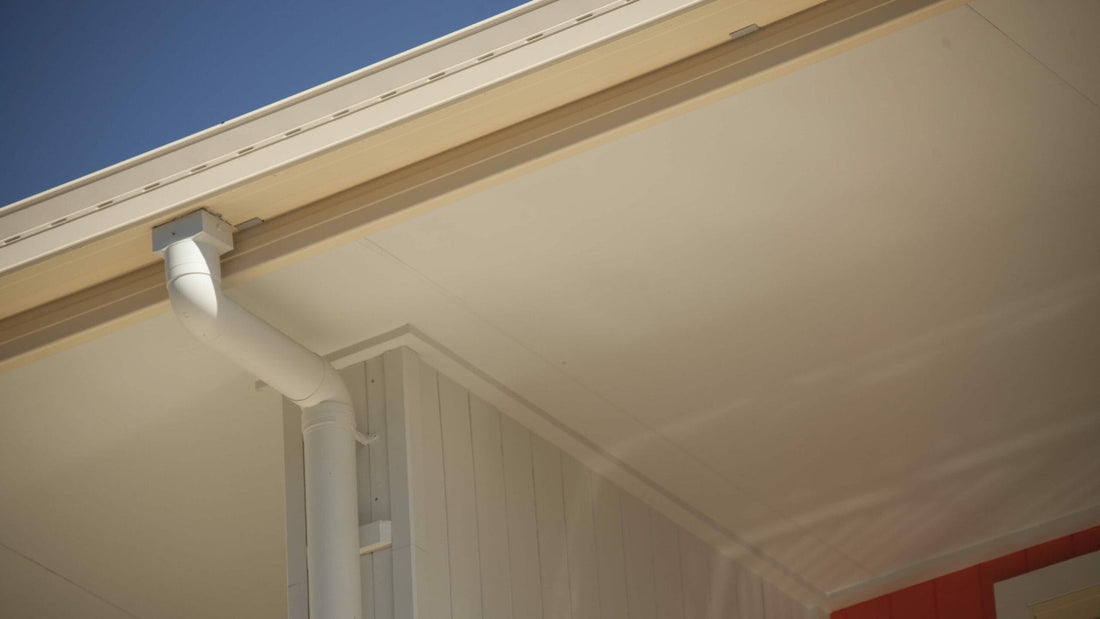BGC Durasheet is a versatile and robust fibre cement product suitable for a wide range of applications, including cladding, eaves lining, and soffit lining. This comprehensive installation guide will walk you through the steps to ensure a successful and durable installation of BGC Durasheet, providing recommendations for different applications and some valuable tips and tricks.
We always recommend that you follow the instructions outlined in the technical brochure provided by the manufacturer. You can access a copy of this brochure here:
Materials and Tools You'll Need:
Before you begin, gather the necessary materials and tools:
- BGC Durasheet sheets
- Appropriate screws (as recommended by the manufacturer)
- Circular saw with a carbide-tipped blade
- Screw gun or drill
- Spirit level
- Carpenter's square
- Tape measure
- Safety gear (gloves, safety glasses, dust mask, and ear protection)
You can find our range of Durasheet products and accessories here.
Installation Steps:
General Installation:
-
Prepare the Surface: Ensure the wall or substrate is clean, dry, and free of protruding nails or screws. For eaves or soffit applications, ensure the supporting structure is in good condition.
-
Measure and Mark: Measure and mark the desired sheet dimensions on the wall or ceiling, ensuring the sheets will be properly spaced and level.
-
Cutting: Use a circular saw with a carbide-tipped blade to cut the Durasheet sheets to size. Make sure to wear safety gear when cutting.
-
Attach Durasheet Sheets: Secure the sheets to the wall or ceiling using appropriate screws. Ensure the screws are evenly spaced along the edges and field, and that they penetrate the studs or substrate adequately.
-
Sealing Joints: Apply a joint sealant or gap filler to the joints and edges of the sheets to create a seamless and weatherproof finish. Feather the edges to create a smooth transition.
Eaves Lining and Soffit Lining:
-
Support Structure: Ensure that the supporting structure for eaves and soffit applications is properly designed and constructed to bear the load of the Durasheet. Consult with an engineer or builder if needed.
-
Ventilation: Consider the need for ventilation in eaves and soffits to prevent moisture buildup. Follow local building codes and regulations for ventilation requirements.
Tips and Tricks:
-
Smooth Cuts: To achieve clean and smooth cuts, make sure your circular saw blade is sharp. Use a straight edge or cutting guide for precision.
-
Proper Spacing: Maintain the recommended screw spacing (typically 150mm along the edges and 200mm in the field) to secure Durasheet sheets adequately.
-
Adhesive Application: When applying joint sealant or gap filler, work in small sections at a time to ensure it doesn't dry before you can smooth it out.
-
Prevent Over-Tightening: Be cautious not to over-tighten screws, as this can cause the Durasheet to crack. Follow the recommended screw depth.
-
Double-Check Level: Continuously check for level and plumb as you install sheets, making adjustments as needed to ensure a straight and even finish.
By following these steps, recommendations, and tips, you can achieve a successful installation of BGC Durasheet for your various applications, whether it's cladding, eaves lining, or soffit lining. Proper installation ensures a durable and aesthetically pleasing finish for your walls, ceilings, or eaves.

